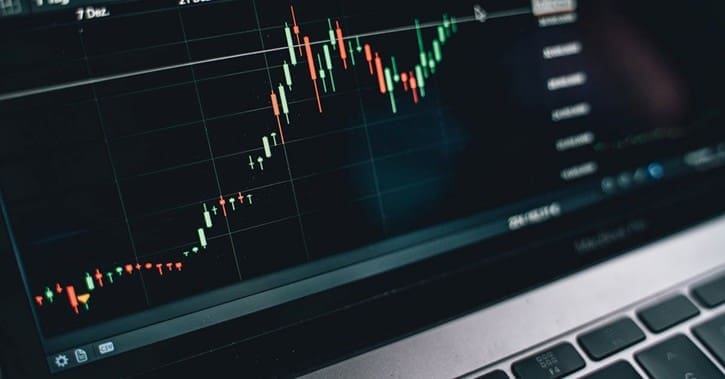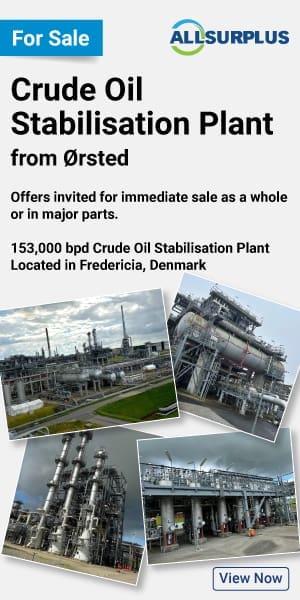Crude oil futures are a cornerstone of the global energy market, providing investors with opportunities to hedge against price fluctuations and speculate on future movements. As the world continues to grapple with the complexities of energy needs and geopolitical tensions, understanding the dynamics of crude oil futures becomes essential for anyone looking to navigate this volatile market. This article aims to explore the intricacies of crude oil futures, their significance, trading mechanisms, and the factors influencing their prices, all tailored for the oil and gas investor.
The Basics of Crude Oil Futures
Crude oil futures are standardized contracts that obligate the buyer to purchase, and the seller to deliver, a specific quantity of crude oil at a predetermined price on a set date in the future. These contracts are traded on futures exchanges, such as the New York Mercantile Exchange (NYMEX), and serve various purposes:
1. Hedging
Many companies in the oil and gas sector use futures contracts to hedge against potential price declines. For instance, an oil producer can lock in a price for their product, ensuring a stable revenue stream regardless of market fluctuations.
2. Speculation
Traders and investors often buy and sell crude oil futures to profit from price movements. By predicting whether prices will rise or fall, they can engage in speculative trading, which can yield significant returns but also entails substantial risks.
3. Price Discovery
Futures markets play a crucial role in price discovery, helping to establish the market price of crude oil based on supply and demand dynamics. The prices observed in these markets reflect the collective expectations of participants regarding future oil supply and demand.
Types of Crude Oil Futures Contracts
There are several types of crude oil futures contracts, each with its own specifications and characteristics:
1. West Texas Intermediate (WTI)
WTI is the most widely traded crude oil benchmark in the United States. It is known for its light and sweet characteristics, making it a preferred choice for refiners. WTI futures are traded on the NYMEX and serve as a price reference for many oil products.
2. Brent Crude
Brent crude is another major benchmark, primarily used in Europe and Asia. It is slightly heavier and has a higher sulfur content than WTI. Brent futures are traded on the Intercontinental Exchange (ICE) and are often used to price oil from various regions around the world.
3. Other Blends
In addition to WTI and Brent, there are numerous other crude oil blends traded globally. These include Dubai crude, OPEC basket, and others, which cater to different regional markets and quality specifications.
How Crude Oil Futures Work
Understanding the mechanics of crude oil futures is vital for any oil and gas investor. Here’s a breakdown:
1. Contract Specifications
Each futures contract specifies the quantity of oil (typically 1,000 barrels for WTI), the delivery date, and the price. Investors can buy or sell these contracts through a brokerage.
2. Margin Requirements
To trade futures, investors must maintain a margin account, which involves depositing a percentage of the contract’s value as collateral. This margin requirement helps mitigate the risk of default.
3. Settlement
Futures contracts can be settled in two ways: physical delivery or cash settlement. Most traders opt for cash settlement, where the difference between the contract price and the market price at expiration is paid or received.
Factors Influencing Crude Oil Prices
Several factors impact crude oil prices, making it essential for investors to stay informed:
1. Supply and Demand Dynamics
The fundamental principle of supply and demand governs oil prices. When demand exceeds supply, prices tend to rise, and vice versa. Seasonal fluctuations, economic growth, and technological advancements can all influence this balance.
2. Geopolitical Events
Political instability in oil-producing regions can lead to supply disruptions, causing prices to spike. Events such as conflicts, sanctions, and changes in government policies can significantly affect market sentiment.
3. Economic Indicators
Economic data, including GDP growth rates, employment figures, and manufacturing output, can provide insights into future oil demand. Strong economic performance typically correlates with higher oil consumption, while economic downturns can reduce demand.
4. OPEC Decisions
The Organization of the Petroleum Exporting Countries (OPEC) plays a pivotal role in influencing oil prices. By adjusting production levels, OPEC can impact global supply and, consequently, prices.
Trading Strategies for Crude Oil Futures
For the oil and gas investor, employing effective trading strategies is crucial for success in the futures market. Here are some popular approaches:
1. Trend Following
This strategy involves analyzing price trends to make informed trading decisions. Investors may buy futures contracts when prices are trending upward and sell when they are declining.
2. Spread Trading
Spread trading entails simultaneously buying and selling different futures contracts to profit from the price difference. For example, an investor might buy WTI futures while selling Brent futures if they anticipate a narrowing price spread.
3. Options on Futures
Options on crude oil futures provide investors with the right, but not the obligation, to buy or sell a futures contract at a specified price. This strategy allows for flexibility and can be used to hedge against potential losses.
Risks Associated with Crude Oil Futures
While trading crude oil futures can be lucrative, it is essential to recognize the associated risks:
1. Market Volatility
Crude oil prices can be highly volatile, leading to significant fluctuations in the value of futures contracts. Investors must be prepared for sudden price swings that can impact their positions.
2. Leverage Risks
Futures trading often involves leverage, allowing investors to control large positions with a relatively small amount of capital. While this can amplify profits, it also increases the risk of substantial losses.
3. Regulatory Changes
Changes in regulations governing the energy market can affect futures trading. Investors must stay informed about any legal developments that could impact their investments.
The Role of Technology in Crude Oil Trading
Advancements in technology have transformed the way crude oil futures are traded:
1. Algorithmic Trading
Many traders use algorithms to execute trades based on predefined criteria. Algorithmic trading can enhance efficiency and speed, allowing investors to capitalize on market opportunities more effectively.
2. Data Analytics
Access to real-time data and analytics tools enables investors to make informed decisions. By analyzing market trends, price movements, and economic indicators, traders can develop more effective strategies.
3. Online Trading Platforms
The rise of online trading platforms has democratized access to crude oil futures for individual investors. These platforms offer user-friendly interfaces, educational resources, and tools for managing investments.
Conclusion: Navigating the Crude Oil Futures Market
For the oil and gas investor, understanding crude oil futures is essential for making informed decisions in a complex and dynamic market. By grasping the fundamentals, staying informed about market trends, and employing effective trading strategies, investors can navigate the challenges and opportunities presented by crude oil futures. As the energy landscape continues to evolve, those who are well-prepared will be better positioned to succeed in this exciting sector.
This article provides a comprehensive overview of crude oil futures, tailored for oil and gas investors, while maintaining a unique structure and language throughout. If you need further expansion or specific sections to be elaborated on, please let me know!





